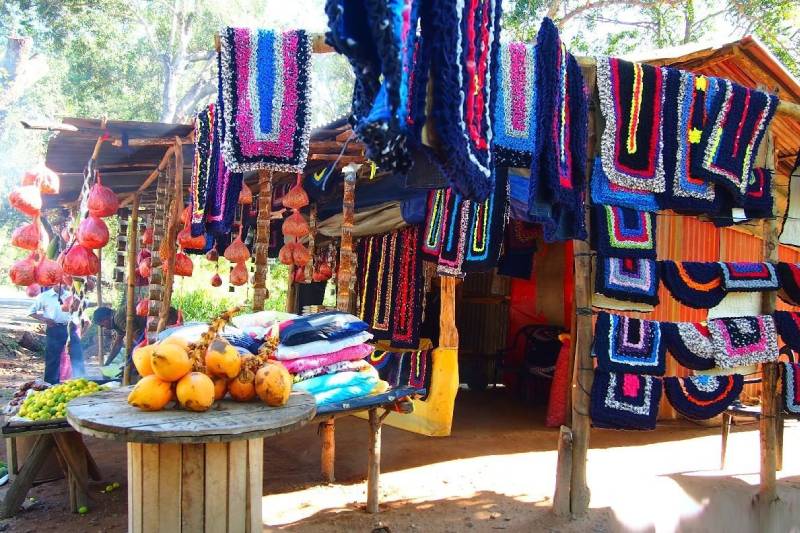Sri Lanka government will be introducing regulatory methodologies for rural financial institutions which directly or indirectly provide micro credit facilities among other financial facilities.
Sri Lanka is a land of 14,000 villages and a majority of the country’s population, nearly 80 per cent, lives in villages.
Financial needs of these villages are being served by an estimated 14,000 financial institutions in the country,
A majority of these financial institutions are either financial NGOs, not-for-profits or organisations that follow local cooperative societies.
A Special Regulatory Unit has been established for regulating activities of Cooperative Rural Banks, Rural Bank Societies, SANASA Societies, SANASA Associations and other financial cooperative societies.
This proposal was approved by the cabinet of ministers on April 26 2013 but it is still failed to properly carryout its regulatory functions, a senior official of the finance ministry said.
Accordingly, a sum of Rs.20.99 million had been spent by the Department of Co-operative Development from the year 2013 to the year 2018 for affairs of the Regulatory Unit which was established several years back.
Even though a period of 06 years had elapsed after the commencement of the said Unit, the Department had not implemented a proper procedure regarding those regulatory activities, he added.
Further, the Department had not implemented the regulatory methodology on behalf of other financial services societies and SANASA Societies except for the Rural Banking Sector, he claimed.
(LI)

